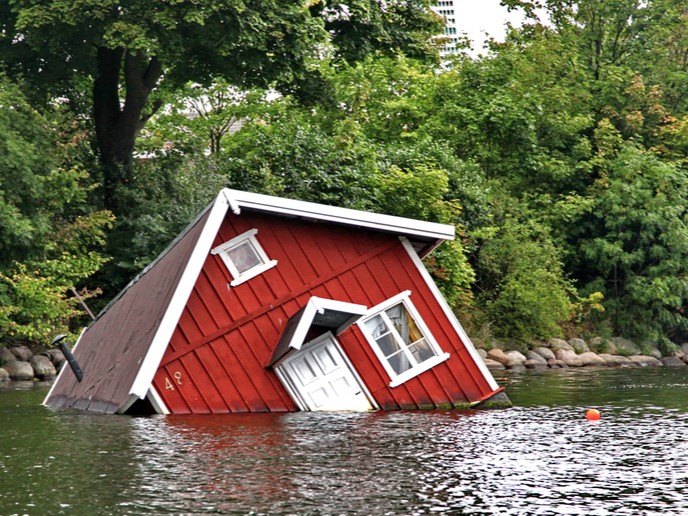Shielding the coasts against erosion
Europe’s coastal regions are in trouble. As a direct consequence of climate change and the rising sea levels and extreme weather that come with it, Europe’s coasts are eroding faster than ever. “This erosion is particularly problematic as these regions are home to both a plethora of biodiversity and human economic activity,” says Davide Vettori, a researcher at the Polytechnic University of Turin(opens in new window). What our coasts need is a shield, which is exactly what the EU-funded SHIEELD project set out to provide. “Our goal was to assess how seagrasses can be used to dissipate erosion-causing waves and help stabilise the underlying seabed,” adds Vettori, who served as the project coordinator.
The challenges of conducting experiments in the field
The project, which received support from the Marie Skłodowska-Curie Actions(opens in new window) programme, set out to model the impact different seagrasses could have on wave dissipation. But like many research efforts, doing so proved more challenging than expected. “Manufacturing about 5 000 seagrass replicas for assessing wave dissipation in the laboratory was far more time-consuming than originally planned,” explains Vettori. Then there was the weather. Despite choosing the best 2-week window according to statistical analyses of historical wind data, the weather decided not to cooperate, forcing the researchers to reschedule field experiments multiple times. Even when the small research team was able to get into the field, they were constantly dealing with technological issues. “In the end, we ran our experiments in 3 days in a location that was chosen at the very last minute,” notes Vettori.
Data sets of wave dissipation due to seagrass canopies
Despite this uphill battle, the SHIEELD project did achieve several important results. First and foremost, the project generated the largest data sets of wave dissipation due to seagrass canopies, in both the absence and the presence of a current. Such data sets are needed to validate numerical and analytical models of seagrass wave dissipation and to evaluate seagrass’ potential contribution to coastal protection. Researchers also developed new models for predicting seagrass wave dissipation regardless of current. “These models are very important because they can be used to quantify the effect seagrasses have on wave dissipation in real cases with relatively little input information,” says Vettori. These models are also particularly unique in that they account for how seagrass canopies influence the flow velocity field within and close to the canopies as a means of estimating wave dissipation.
A potentially game-changing solution to coastal erosion
By providing physically based tools for predicting seagrass wave dissipation across a broad range of conditions, water managers and policymakers will be able to make more informed decisions in the context of nature-based solutions. “The SHIEELD project succeeded at advancing a sustainable, potentially game-changing solution to the increasing risk of coastal erosion,” concludes Vettori. Some of the project’s initial results were published in ‘Coastal Engineering’(opens in new window), while the model of wave dissipation in the presence of a current will be the focus of a peer-reviewed article that will soon be submitted to a top-tier scientific journal.





